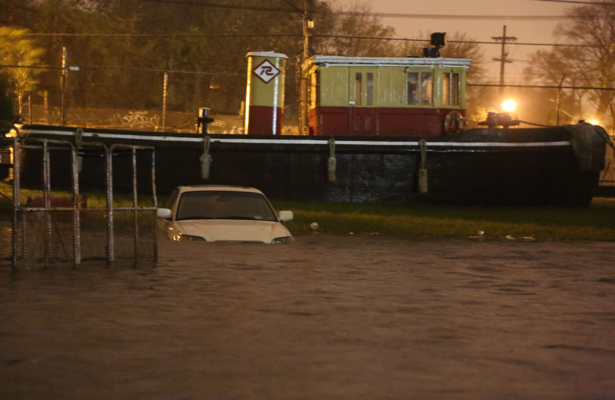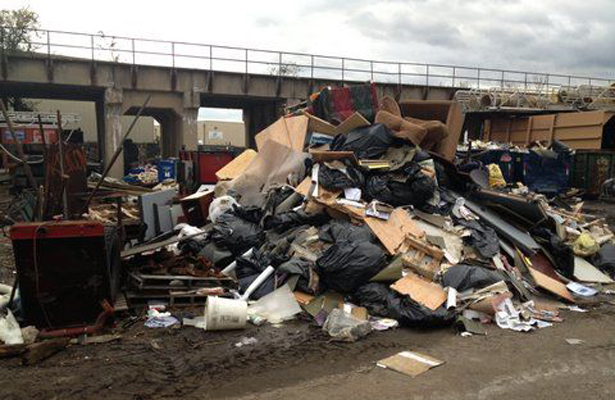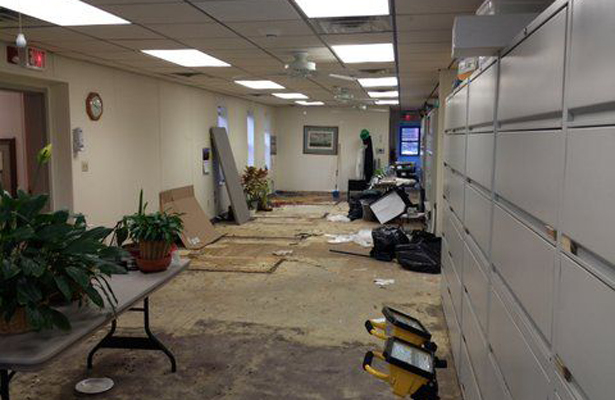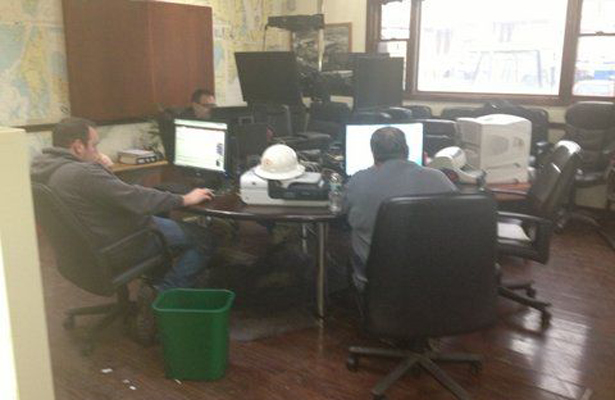How long did it take your company to be up and running again?
Our operations department is located on the second floor, so as soon as our backup generators became operational, we lost no time in regaining communication with our vessels. Our company was never off the grid; we continued to operate 24 hours a day thanks to these emergency generators. The rest of the buildings suffered significant damage, and it took considerably longer to get them repaired. After Sandy there was a high demand for contractors and repair services. We had our 75 staff back in their offices and everything refurbished by the end of January 2013.
Were you affected by the widespread power outages after the storm?
Our maintenance and repair department did an outstanding job in preparing for the storm, and we were only out of power for a short period. Our emergency generators kicked in, and with the loaded gasoline barge that was anchored by our dock, we were fortunate enough to have access to fuel through the good graces of our customer, who we reimbursed for the fuel. I guess we’re in the right business...
Did you have a business continuity plan in place before the storm? If so, was it effective?
We had a business continuity plan in place and it proved to be very effective, but plans can only do so much. We salvaged a tremendous amount of machinery by moving equipment upstairs but still our overall claim amounted to two million dollars.
After a major catastrophe you always have to look at how things were handled and what you can do to prevent or mitigate damage in the future. We are doing that, but due to the nature of our business, we will continue to be at the waterfront.
Since you transport fuel along the east coast, how were you impacted by the closure of the New York harbor?
The United States Coast Guard shut down the New York Harbor for several days. During that time our vessels were dispatched to safe harbors ranging from the North Hudson River, our mooring facility in Erie Basin, our dock in Staten Island and others. We had a loaded barge at our main dock in Staten Island that miraculously remained safe and secure during the entire storm. It had loaded around 108,600 barrels of gasoline, and we received permission from our client to use some of that gasoline (of course we paid for it). As soon as the US Coast Guard gave us permission, we moved the barge to the areas where gasoline was desperately needed, but that took some time since there was a lot of debris in the water, and some terminals were not operational.
How does Sandy continue to impact your business a year after?
Just the other day I was watching the news and saw the reports of those who still struggle with the aftermath of Sandy. It has to be heart-wrenching for those who continue to suffer. An observation I had was that we did not have to look to anyone else and did not have to wait on the government. We looked to Allianz, and our insurer met and exceeded our expectations with understanding, professionalism and compassion. And they did it all promptly which is what it’s all about.
What is your main takeaway from this experience?
The morning after the hurricane I sent out a text message (there was no network or internet connectivity) to Art Moossmann, Chief Underwriting Officer Specialty at Allianz Global Corporate & Specialty, and our brokers Ron Sensenbach and Sherrie Boatman of AON about our concerns. Their response was immediate, and we were assured that we would be taken care of. This is the peace of mind that you need from an insurance company. It is essential that we as the client and the insurer both recognize the joint risk and relationship that must be established to be successful.



